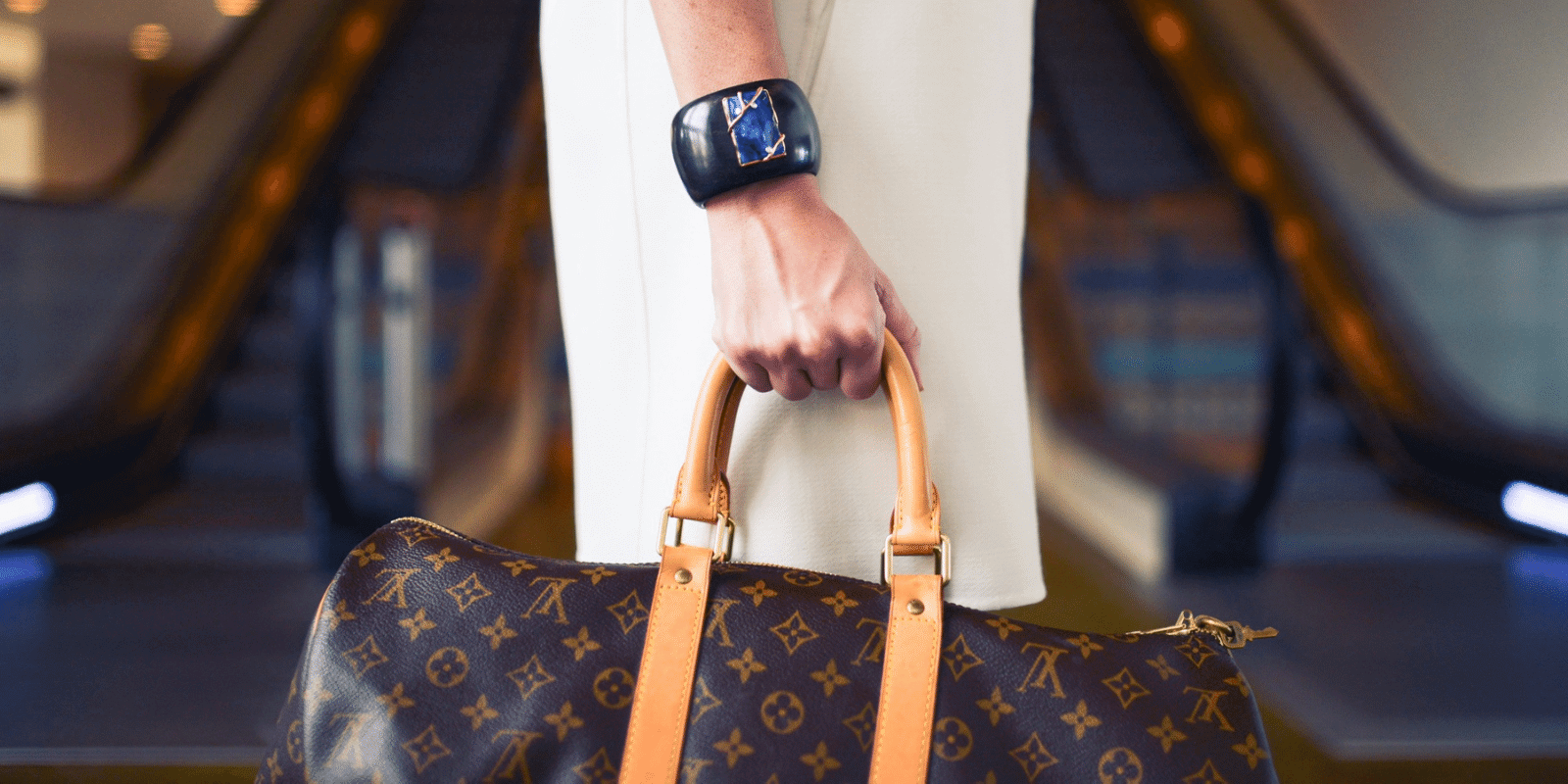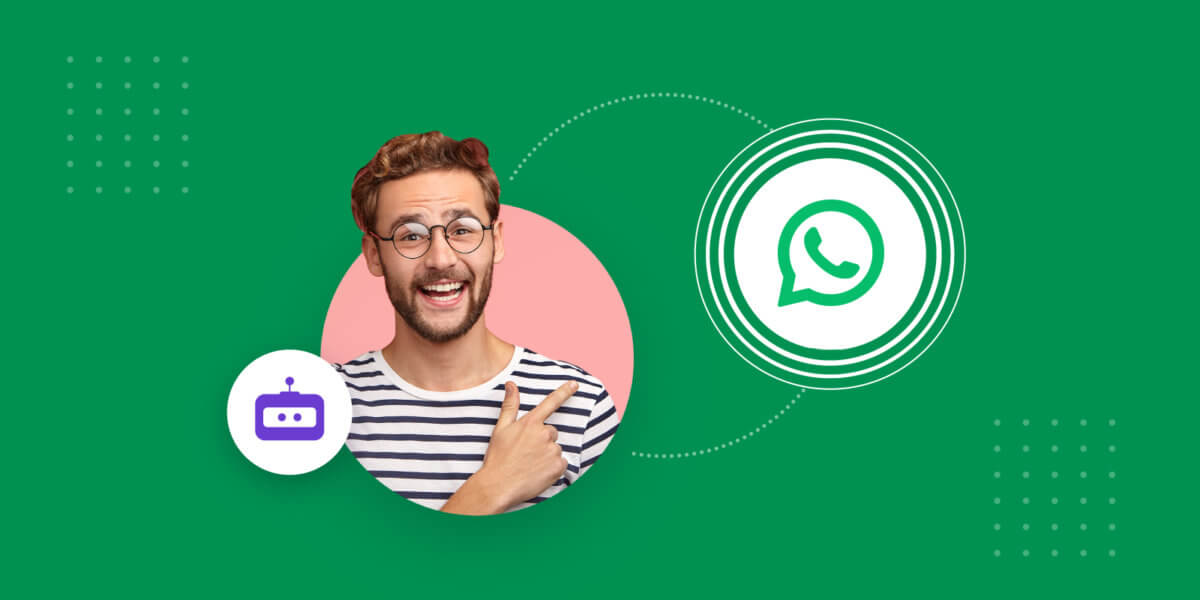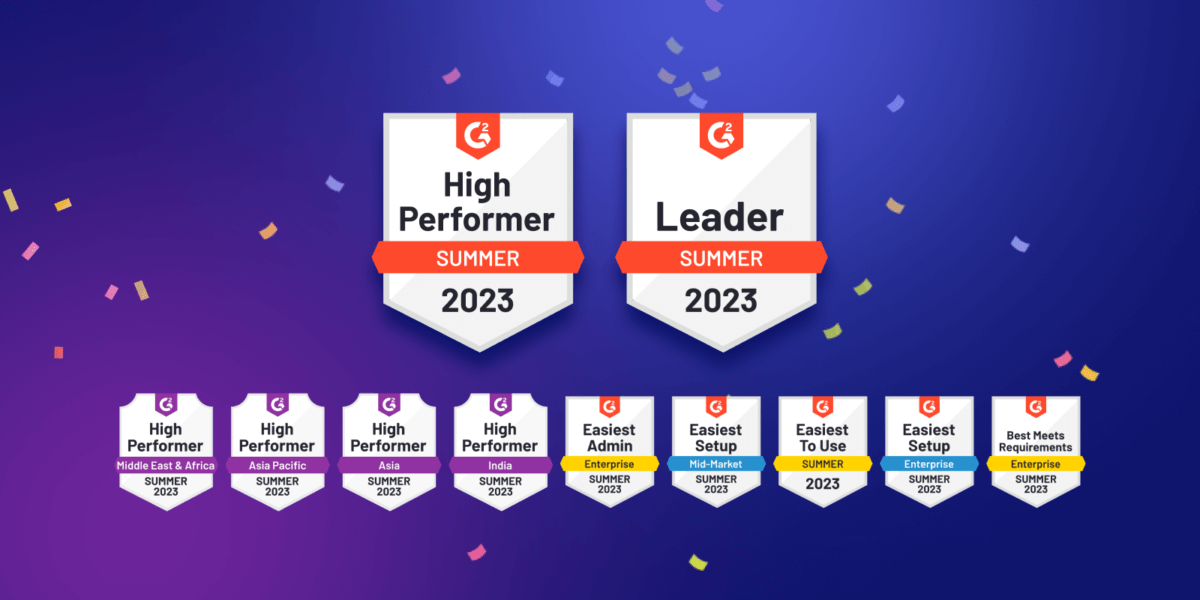Luxury Chatbots Helping Combat Slump in Sales During Pandemic

Luxury Chatbots Helping Combat Slump in Sales During Pandemic
2020 has been a rough year for luxury retailers and producers. Brands will have to rapidly integrate personalized digitization – like luxury chatbots – should they want to keep thriving.
But before that, let’s talk more about the year that’s been.
What should’ve been one of the best years on record for the industry, with historically high spending trends and steadily increasing disposable income, turned out to be the one of the worst.
As the COVID-19 pandemic shook the global economy, demand for luxury dried up. McKinsey reported that sales for this year’s spring season are as much as 70% lower than last year.
Between 20% to 30% of industry revenues are generated by customers making luxury purchases while on international travel. But as countries implemented no-flight policies, those sales plummeted with it.
Supply has taken a hit too. While brands are struggling with a surplus of stock courtesy of poor seasonal sales, they haven’t been able to get production up to speed either.
More than 40% of global luxury-goods production happens in Italy. And all Italian factories, including small, family-based façonniers, have temporarily shut down.
The net result? According to the recent report by Bain & Company, global luxury sales could drop up to 35% by the end of 2020. Possibly more.
But in all stormy clouds, there is a sliver of sun.
As markets have started to reopen, there have been positive signs that have pointed to the pandemic being more of a ‘pause’ than a ‘stop’.
Certain brands have reported increased sales; credited to a phenomenon knows as “revenge spending”. The phrase that refers to pent-up demand for luxury items during or after crises.
Hermès achieved record single-day sales of $2.7 million during the re-opening of their flagship store. Tata-owned Jaguar Land Rover has reported increased sales traction over the past few weeks as markets reopened in China.
But for an industry estimated to be worth $1.3 trillion, it’s going to take more than some non-discretionary spending to bounce back from a 35% dip in revenue.
And while a few customers will make the occasional visit to a store, the pandemic has made a permanent impact of consumer behaviour that will outlive the pandemic itself.
So will shoppers now move to a digital interface a la ecommerce?
As the physical purchase experience serves a huge part of the premium that they are ready to pay for a luxury retail item, it is also unlikely that there will be a mass migration to online channels.
– Sandeep Das, Fortune India
This is unlikely. Unlike in regular commerce where the value of experiences (going to a mall) can easily be traded in for lower prices, luxury retail has a different value prop entirely.
Luxury retail consumers derive just as much out of the personalized experience they enjoy at stores as they do out of the product.
And the main benefits of ecommerce – lower costs and ease of shopping, don’t weigh into the buyer decision process for luxury goods.
So, how do you deliver a personalized online shopping experience to consumers who don’t want to visit stores?
Suggested Reading: 11 Ways To Automate Customer Support Without Losing Personalisation
What has history told us?
Personalization is at the forefront of internet commerce. The more personalized a customers experience, the more likely to buy from your brand.
If you can give customers a human experience on a digital platform, you will drive revenue and retention.
Even in an industry as drab as real estate, this drives real results.
Take, for example, Marathon Realty. In an effort to drive personalized customer interactions, Marathon Realty started using Facebook ads that were connected to a WhatsApp Chatbot
In an industry that typically sees ~2% conversion on such ads, Marathon’s traffic-to-interest conversion jumped to 55% post the bot.
And luxury retail isn’t a stranger to these results. Luxury customers expect their online interactions with a brand to match their first-class offline experience.
Brands like Burberry, Tommy Hilfiger, Sephora, Victoria’s Secret, Estée Lauder have all used luxury chatbots to tailor customer interactions.
In 2017, Louis Vuitton launched a chatbot that advised shoppers on products. This allowed the brand to leverage its more than 20 million followers on Facebook. The bot aimed to address a wide range of questions, suggest an ideal item or help with logistical concerns.
As the COVID-19 pandemic and its fallout unfolds, brands have to take steps to replicate their flawless in-store experience on online platforms.
Driving repeat transaction is key for luxury retailers. 85% of luxury brands sales come from customers who are already registered in their database.
And the easiest time to do it is before the market catches up.
The importance of luxury chatbot data
While luxury chatbots are great at driving personal engagement, they’re even better at leveraging actionable consumer behaviour insights.
Data that bots collect enables these brands to identify and connect with their affluent consumers, understand their lifestyle and purchase behaviours, and build long-term engagement.
And as AI-powered personalisation becomes one of the driving forces reshaping luxury e-commerce, brands with early-access to this data build competitive edges.
The financial impact of this data is unrivalled. A robust analysis of consumer behavioural information can be used to acquire, up-sell and cross-sell loyal customers.
Luxury consumers have no patience for faulty filters and continuous scanning. They don’t want to go through irrelevant offerings to find the product that they’re looking for.
Luxury chatbots help expedite this process. It’s far easier to tell the bot that you want “Size 37 Ferragamo Blue Leather Gancio Loafers” than it is to manually filter through the options.
Brands can also leverage these critical insights to improve and personalise their customer support experience online.
Leveraging big data to provide data-driven personalization to customers has already proven to open new growth opportunities for luxury brands.
Consider the following pre-pandemic revenue numbers for luxury brands.
At least 40% of all luxury purchases are in some way influenced by consumers’ online experience. And over 20% of all luxury sales will take place online by 2025.
Over the last decade, luxury sales growth has largely been driven by new store openings. But as consumers shy away from traditional commerce, brands will follow suit.
This is the new normal.
Even before the pandemic, millennials and generation Z consumers contributed to over 30% of all luxury spending. The latest numbers (from 2017) point to younger generations driving 85% of the global luxury growth.
Chatbots are no longer an option for luxury retailers. They’re imperative business tools for brands if they are to thrive and stay relevant.
Suggested Reading: Customer Support Automation and Its Importance






